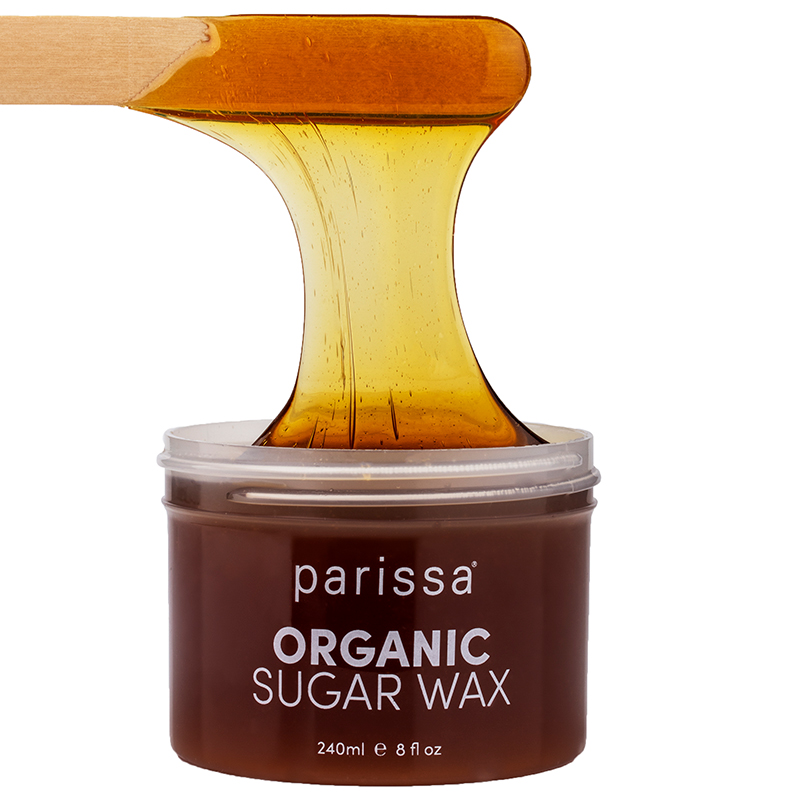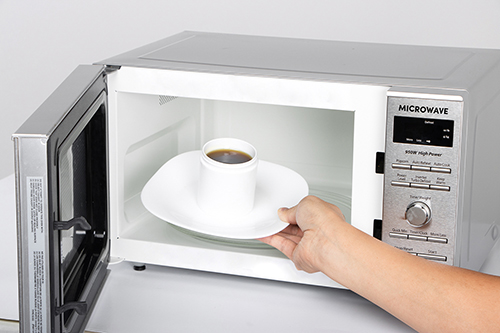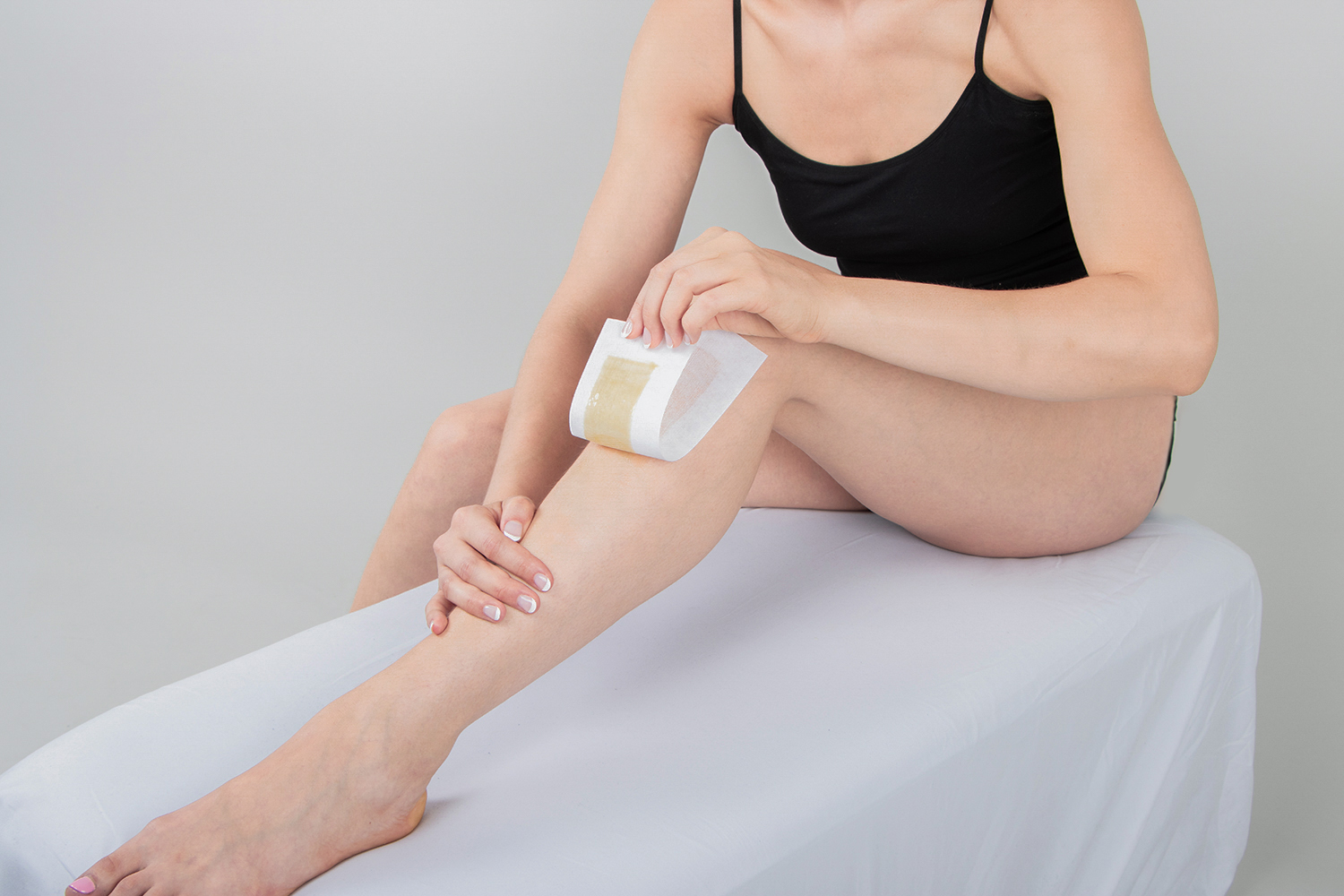Understanding soft wax
Warm wax, also known as soft wax, offers extra exfoliation and is most likely to be used in salons. It is warmed in a microwave, wax warmer or a stove. Once it reaches the consistency of soft honey or liquid honey, warm wax must be applied in a thin layer and removed with an epilation strip. It’s great for tackling large areas at speed because wide strips can remove lots of hairs at once such as on the back, arms and legs. Warm wax is the preferred wax for quickly waxing large areas. Warm wax is recommended for those with medium to coarse hair types or previously shaved, stubborn hair.
Sugar Wax is one of the most traditional ways of waxing. Sugar “wax” is a mix of lemon juice, sugar, and hot water and is not considered a true wax since it is not a resin based formula. Originating in the Middle East, this type of waxing is great for sensitive skin and for anyone looking for a washable wax. It can be easily removed with a little bit of warm water. It is first gently warmed in a microwave or wax warmer. Sugar wax is then be applied to the skin in a thin layer and removed with an epilation strip. It is a preferred formula for some as it is easily washed off with water, unlike warm or hard wax. Sugar wax is recommended for those with sensitive skin and fine-medium hair types.soft

Warm Wax
Warm Wax is a salon-strength professional hair removal wax. Perfect for all-over use, warm wax can be used for face, body, and bikini. Warm wax is especially effective for those with coarse or stubborn hair.

Sugar Wax
Sugar Waxes are gentle, yet effective for at-home hair removal. Perfect for all-over use, sugar wax can be used for face, body and bikini. When using sugar wax, clean up is a breeze. Simply wash excess wax away with warm water.

Cold Wax
Cold Wax refers to a sugar-based hair removal paste that doesn’t necessarily need to be melted before applying it to the skin. Cold wax can be used without heating or heated slightly then removed using cloth strips.
How to Use Soft Wax

Heat the Wax
1. Heat the wax to a honey like consistency on a gas stove (if the container allows for it), wax warmer or a microwave (if the container allows for it).
2. Test the wax temperatures by applying a small patch to your outer wrist and gauge if the heated wax is too hot to proceed. It should be hot, but tolerable. For safety purposes, you can use wax warmers with temperature control features.

Apply the Wax
3. Apply the wax in the direction of hair growth in a thin layer.
4. Spread the wax evenly using a spatula.

Peel Off
5. Press on an epilation strip on the wax you have applied and smooth it don with your fingers.
6. Keeping your skin taut, quickly zip off the epilation strip in the opposite direction of hair growth.
